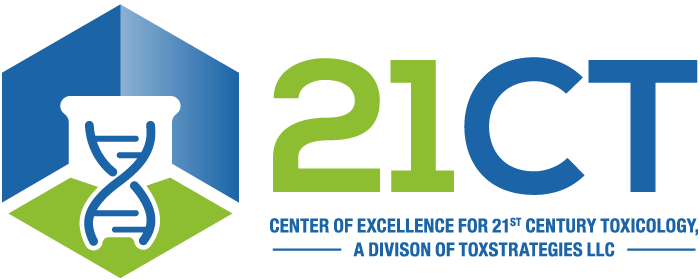Borghoff SJ, Fitch S, Rager JE, Huggett D. 2018. A hypothesis-driven weight-of-evidence analysis to evaluate potential endocrine activity of perfluorohexanoic acid. Regul Toxicol Pharmacol 99(Nov):168–181; doi: 10.1016/j.yrtph.2018.09.001.
Abstract
Perfluorohexanoic acid (PFHxA) is a potential impurity and environmental degradation product of C6-based fluorotelomer products. Considering the potential endocrine activity of perfluoroalkyl acids, a hypothesis-driven weight-of-evidence (WoE) analysis was conducted to evaluate the potential endocrine disruptor activity of PFHxA, as defined by World Health Organization (WHO), across estrogen (E), androgen (A), thyroid (T), and steroidogenesis (S) pathways. A comprehensive literature search identified primary and secondary studies across species for review. The ToxCast/Tox21 database provided in vitro data. Studies identified were reviewed for reliability, and relevance, with endocrine endpoints ranked, and lines of evidence evaluated across pathways. Overall, PFHxA showed no endocrine effects in Japanese medaka, juvenile rainbow trout, chickens, or reproductive parameters in northern bobwhite with no significant activity in rodent repeated-dose toxicity, lifetime cancer, or reproductive and developmental studies. In vitro, there was weak or negative activity for T transport protein or activation of E, A, or T receptors. PFHxA was also negative in vitro and in vivo for disrupting steroidogenesis. Based on this WoE endocrine analysis, PFHxA exposure did not cause adverse effects associated with alterations in endocrine activity in these models, and as such, would not be characterized as an endocrine disruptor according to the WHO definition.
